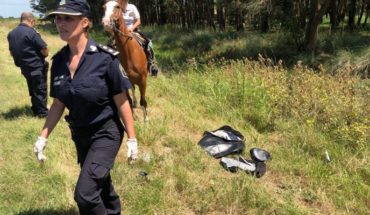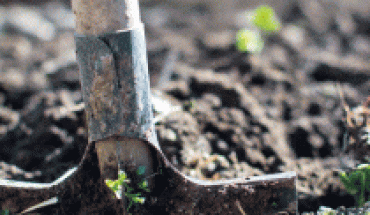
Conflict scenarios in La Araucanía have regularly been associated with the demands that Mapuche communities have raised to demand the return of ancestral lands. These territorial claims have their origins in the usurpation and fragmentation experienced by Wallmapu since the arrival of the Chilean state, which confined these communities to inhabit the periphery and in low-quality lands. The strategies used by the State for this confinement focused on two actions: first, annex this territory to the republic to claim the lands as their own and thus auction them off private or simply hand them over to non-national-European immigrants and also to Creole. Secondly, and with the intention of repairing the damage caused to the communities, land was handed over to the Mapuche people through Merced Titles, an action that was not as successful as possible due to a series of crimes and litigation that these communities have had to navigate through their lands. Ad portas of the new millennium, the government of Patricio Aylwin tried to remedy this historical debt, promulgating Law 19.253 that created CONADI (National Indigenous Development Corporation), an entity that has the mission of buying and distributing land to Mapuche communities. Despite these policies, the State of Chile has been unable to re-heal the historical damage caused to Mapuche land in La Araucanía.
Today, peri-urban soil pressure in Temuco emerges as another dimension of this conflict. During November 2020 and February 2021, attacks were recorded on pilot houses of a real estate project and machines belonging to a construction company. Both events occurred on the urban edge of the city, a space where new agents are intervening in this protected land. First, real estate companies that have focused an important part of their projects on areas close to Mapuche soil, which proves their growing urbanizing power over the city. Proof of this is that, of the total building permits requested from the Municipality of Temuco between 2005 and 2013, 21.7% corresponds to the private sector (according to data from the Directorate of Municipal Works processed by the ODISUR).
Secondly, the natural people themselves are an important agent of intervention in Mapuche areas, this to the extent that they are transformed into migrants for amenity who seek to have a “little house in the countryside”. This causes the Mapuche territory surrounding Temuco to begin to be very desired by people looking to experience closeness to nature. The mechanisms for acquiring indigenous land are multiple: from the 99-year lease, to the legal difficulties allowed by the civil relationship between Mapuche and non-Mapuche people, which eventually unlocks the mechanism of protection that governs these areas. The latter mechanism was used by a former undersecretary of the Interior to acquire indigenous land.
The indigenous consultation process carried out during 2019 was intended to amend Indigenous Law 19,253. However, the current government had to suspend it as communities spoke out against some proposed dimensions. These include the relationship with individual domain titles, a fact that could allow not only the actual right of use, but also the elimination of the minimum subdivision restriction of 3 hectares. The latter opened up the possibility of contracts for leases, combs or media on indigenous lands for a period of up to 25 years, which could be renewed automatically.
It seems that the land of the Wallmapu remains a precious commodity that needs to be acquired, controlled and transformed through actions similar to the subterfuge that were used to snatch the land more than a hundred and fifty years ago, and which led to the historical conflict between the State and the Mapuche people. Those who currently inhabit these lands, coincidentally, are the current generations of those to whom the State condemned to live on a couple of hectares.
The content poured into this opinion column is the sole responsibility of its author, and does not necessarily reflect The editorial line or position of El Mostrador.





